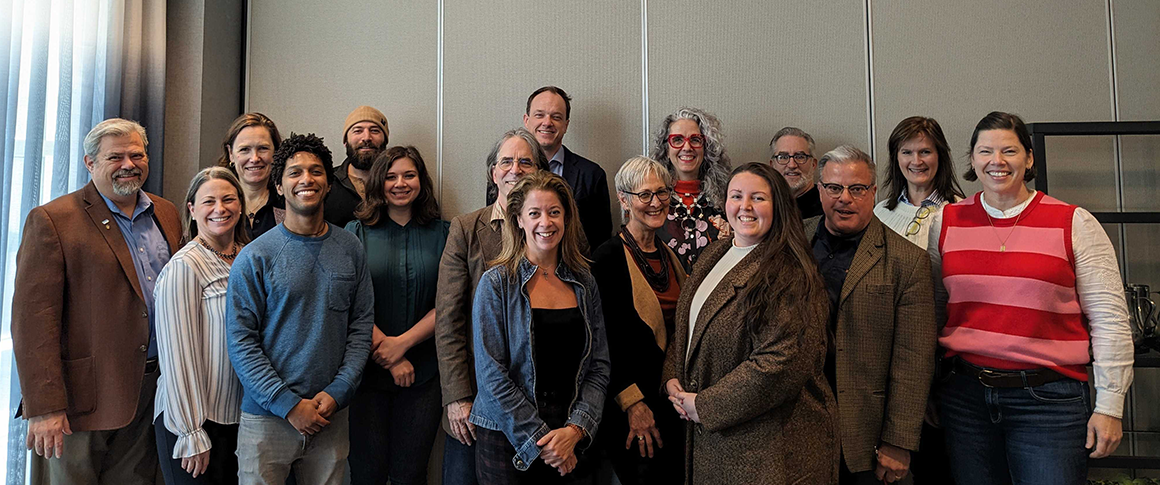Each year, NCARB relies on the input of hundreds of volunteers to keep our organization moving forward. From writing exam questions to reimagining the path to licensure, these volunteers offer their time and expertise to nearly 20 committees that build our existing programs and plan for the future.

Get Involved
Want to shape NCARB’s programs? Explore opportunities to serve on a local licensing board.
In 2024, NCARB has been especially focused on the various ways in which candidates can and do meet the education requirement for licensure. The Council’s Education Committee has worked throughout the year to understand the current state of architectural education, with a special focus on articulation and transfer paths from community colleges. From this deeper understanding, the committee is able to make recommendations for the future.
What is NCARB’s role in Education?
NCARB plays multiple roles related to architectural education. While each jurisdiction’s licensing board determines the educational requirement for licensure, NCARB provides a recommended standard through our Model Law and Regulations. In order to facilitate reciprocity between jurisdictions, the NCARB Certificate also has minimum requirements for education, which may exceed what some boards require for initial licensure. In addition, NCARB engages with other key stakeholders to periodically update the NAAB Conditions for Accreditation.
What is NCARB’s Education Committee?
Made up of architects, educators, licensure candidates, and other professionals, the Education Committee is responsible for advising NCARB’s Board of Directors on issues related to architectural education. The committee explores opportunities and challenges related to the education requirement for licensure and helps guide the development of future licensure programs. They also periodically review existing programs for continuing relevance.
What is the Education Committee working on?
NCARB is in the middle of a multi-year effort to reimagine the path to licensure—and through our Pathways to Practice initiative, we’re exploring opportunities to create additional entry points into the profession outside of graduating from a National Architectural Accrediting Board (NAAB) accredited program.
To support this work, the Education Committee has been exploring several related topics, including:
- How credits from community college architecture programs might transfer into existing NAAB-accredited programs
- What content should be included in professional practice education, and how to support prioritization and delivery of this important content
- The flexibility of NCARB’s existing education policies, including the NCARB Education Standard, in light of potential new licensure paths.
- Alignment (and misalignment) between architectural education and practice
- The possibilities and risks of a paraprofessional or interim credential
This ongoing research and exploration are preparing NCARB and its members to shape the development of the path to licensure in the future.
In addition, the committee reviews proposals from architecture programs interested in joining the Integrated Path to Architectural Licensure (IPAL) and offers suggestions to continue evolving IPAL.
How will the Education Committee’s work impact the future of architecture?
By researching and discussing each topic among its diverse members, the committee has not only analyzed current challenges for students and educators, but also identified several ways that future licensure programs could address those challenges. Over the next several years, the Education Committee will collaborate with NCARB’s other key programmatic committees to ensure that the future of licensure offers greater accessibility and flexibility.
Interested in serving on an NCARB committee?
Many NCARB volunteers serve on their state’s architectural licensing board, but we also recruit from our Certificate holders and newly licensed architects to ensure that we have a diverse range of voices and perspectives. Volunteers are appointed each spring for the coming fiscal year (which starts on July 1). Learn more.
